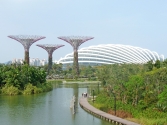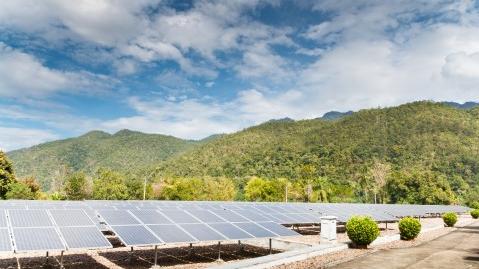
Thailand's battle vs gas reliance heats up in its push for solar power
Dependence must be reduced to 40% by 2036.
In its Southeast Asia Energy Outlook 2015 report, the International Energy Agency says Thailand, along with Cambodia, Indonesia, Malaysia and Vietnam are often referenced as having strong potential for solar development.
However, Dr. Ulrich Eder, managing director of Bangkok-based law firm, Pugnatorius, says even under the ASEAN Economic Community 2015, the solar markets remain heterogeneous and fragmented.
In Thailand, developers and banks are more and more aware that the military junta may use its unlimited empowerment in the interim Constitution to change the legal framework retroactively, which exposes the whole solar project to high political risks, Eder says.
"The solar industry gains in competitiveness and prepares to avoid legal and business restrictions which come with premium feed-in tariffs. This will, in some regions, be a disruptive element and puts increasing pressure on governments and remodels existing energy markets. We will see winners and losers," he says.
Eder adds that he does not expect to see a substantial shifting and dislocation within the next two years.
"The existing markets will flourish and prosper and the risk-averse and cost-conscious solar industry is not keen to develop new markets before the known territories are harvested and saturated," he says.
Georgina Hayden, senior energy and infrastructure analyst at BMI Research says the outlook is optimistic in the southeast Asian renewable energy sector.
"In light of the improving investment environment and the growing project pipeline, our renewables capacity forecasts for the southeast Asia region are constructive. We expect the region's largest markets, in terms of capacity - Thailand, Philippines and Indonesia - to expand 160%, 82% and 132% respectively over our forecast period between 2015 and 2024," she says.
Data from BMI Research show that the most notable difference between Thailand's current power mix and the one envisaged for 2026/2036 is the reduction of the contribution of gas-fired electricity. Reducing Thailand's reliance on gas is a government priority, given the downward trajectory of domestic gas production and the country's heavy dependence on Myanmar for gas. Myanmar currently contributes approximately 25% of Thailand's total gas consumption, but the Burmese government is looking to cut down on export volumes as it retains more of its gas for domestic consumption to support its growing economy.
"Overall, we expect non-hydro renewables capacity to increase from an installed capacity base of around 3 GW (2014 BMI estimate) to over 9.5 GW by the end of our forecast period in 2024. Solar power will dominate the renewables capacity mix, contributing over 56% to the total in 2024, and posting annual average growth rates in capacity in excess of 15% between 2015 and 2024," Hayden says.
Thailand is emerging as an attractive destination for renewable energy investment, highlighted by growing investor interest in the market. The government has introduced a number of policies to support growth in the industry and encourage investment, including feed-in tariffs, tax incentives and energy production payments, BMI Research notes.
Growing investor interest in the market - particularly from Chinese solar energy developers and manufacturers, makes Thailand a promising country for solar energy. Thailand's ambitious renewable targets, the supportive policy environment and Chinese solar companies' aims to capitalise on emerging renewables markets in the wider Asian region support this view, Hayden says.
"We have previously stated in our analysis that Thailand is emerging as an attractive destination for renewable energy investment, as the government looks to reduce the country's reliance on gas-fired power generation and incorporate other sources into the power mix, including renewable energy. According to the new power development plan (PDP) 2015-36, the country will look to reduce its dependence on gas-power generation from the current level of 70% to 40% by 2036, with an estimated 20% coming from renewable sources," she says.
Hayden says the increasing attractiveness of the Thai renewables market is reflected in the growing investor interest in the market - particularly from Chinese solar energy developers and manufacturers. Project announcements over the last three months attest to this view, with Hong Kong-based Symbior Solar announcing in August 2015 that it will develop three new solar projects in Thailand (in conjunction with German company,Conergy), adding to SymbiorSolar's capacity portfolio of six solar facilities with a combined capacity of 30MW across Thailand. Furthermore, in June 2015, Chinese panel manufacturer,Suntech Power, signed a deal with Thai company,Gunkul Engineering, to supply components for 63MW of solar capacity in the country. According to the company, Suntech has already supplied about 260MW of panel capacity to Thai solar projects.
"Our renewables projects database also highlights China's growing presence in the Thai renewables industry. Out of the total number of projects in the pipeline (in various stages of development), 14% involve Chinese manufacturers or developers, the second highest percentage after domestic Thai companies," she says.
Besides the supportive policy and regulatory environment and the government's strong commitment to power-mix diversification, Hayden says Chinesecompanies are targeting the Thai solar sector in order to offset the restrictions that have resulted from the ongoing trade disputes between China and the United States and the European Union.
Both the European Commission and US International Trade Commission have implemented anti-dumping duties and tariffs on Chinese solar products to help support their domestic solar manufacturing industries, limiting the demand for Chinese panels in these markets.
Therefore, Chinese solar companies are increasingly focussed on capitalising on emerging renewables markets in the wider Asian region, of which Thailand is an attractive choice, she says.



















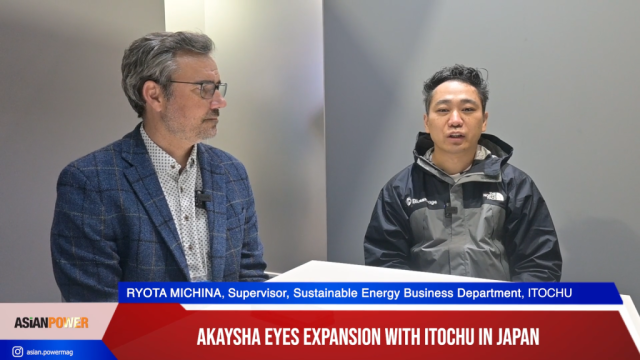
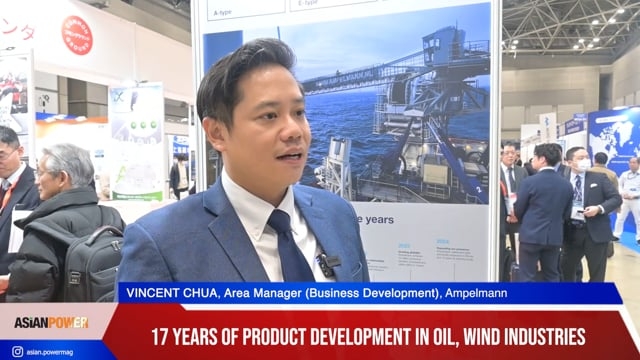
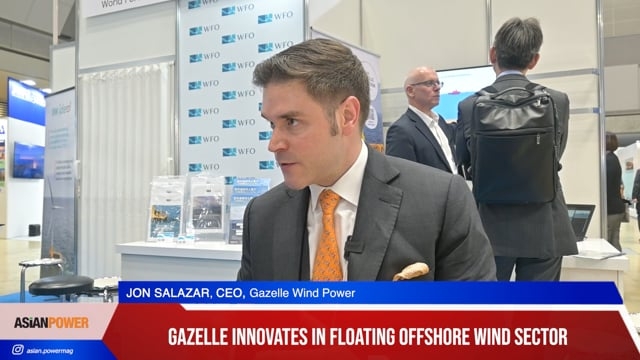

 Advertise
Advertise

